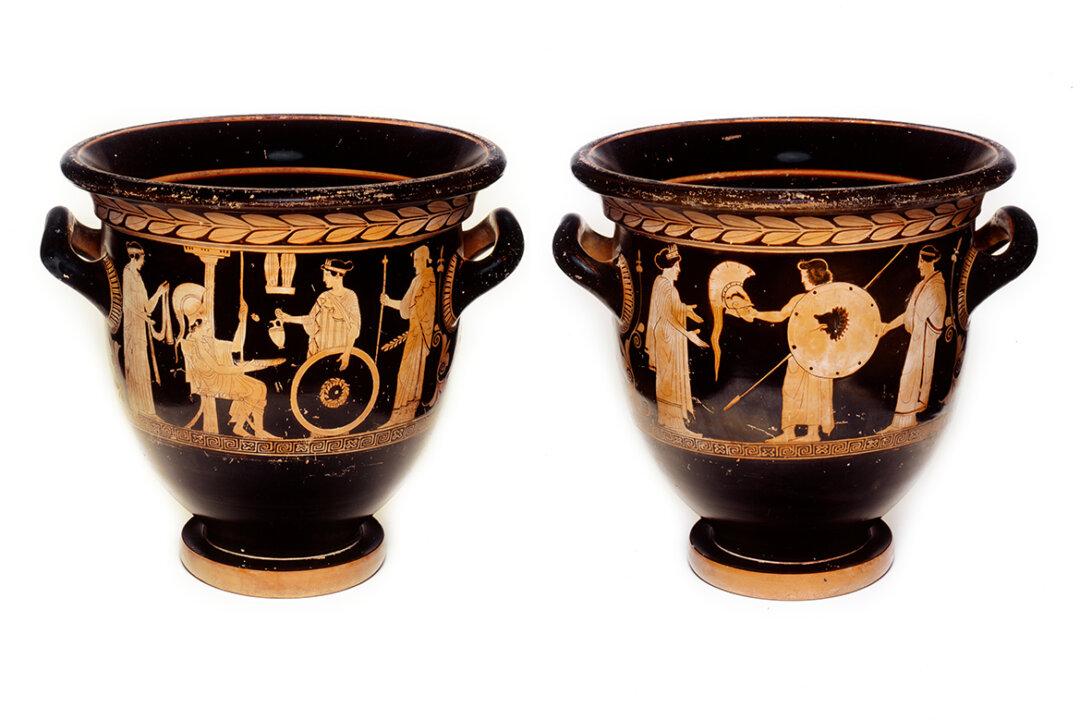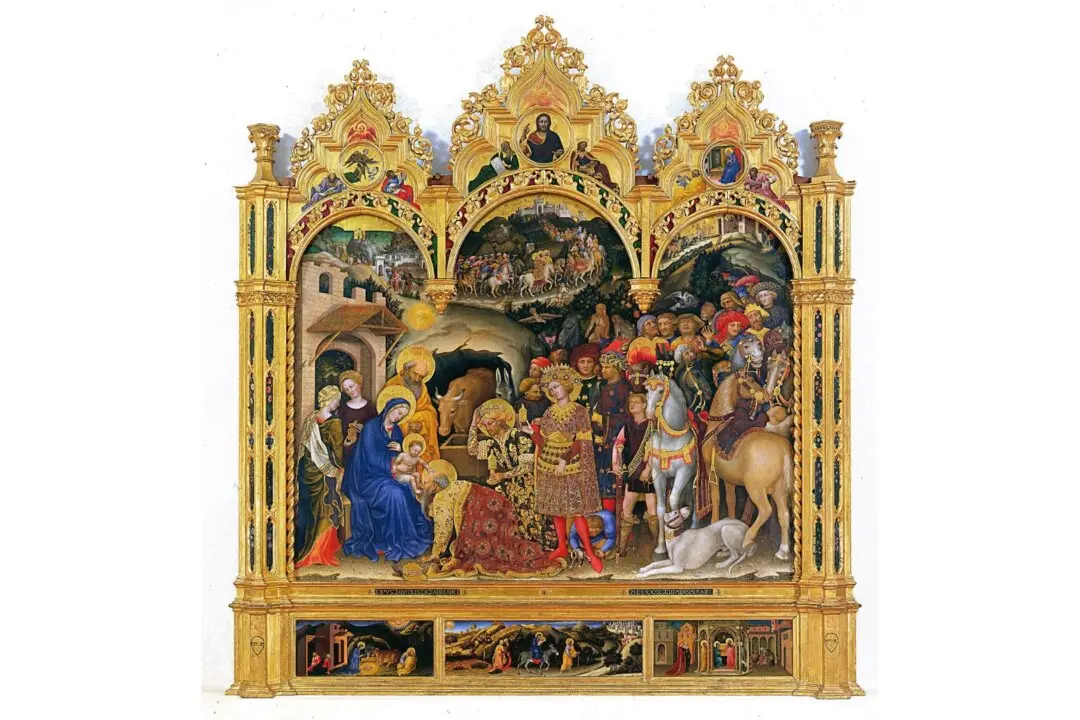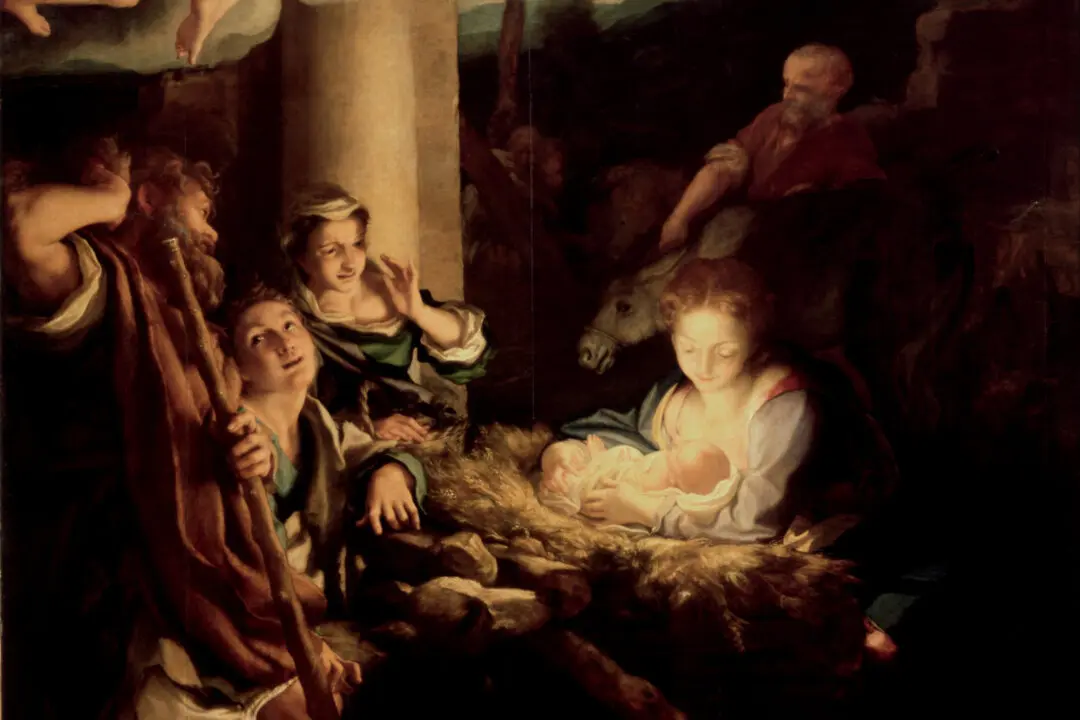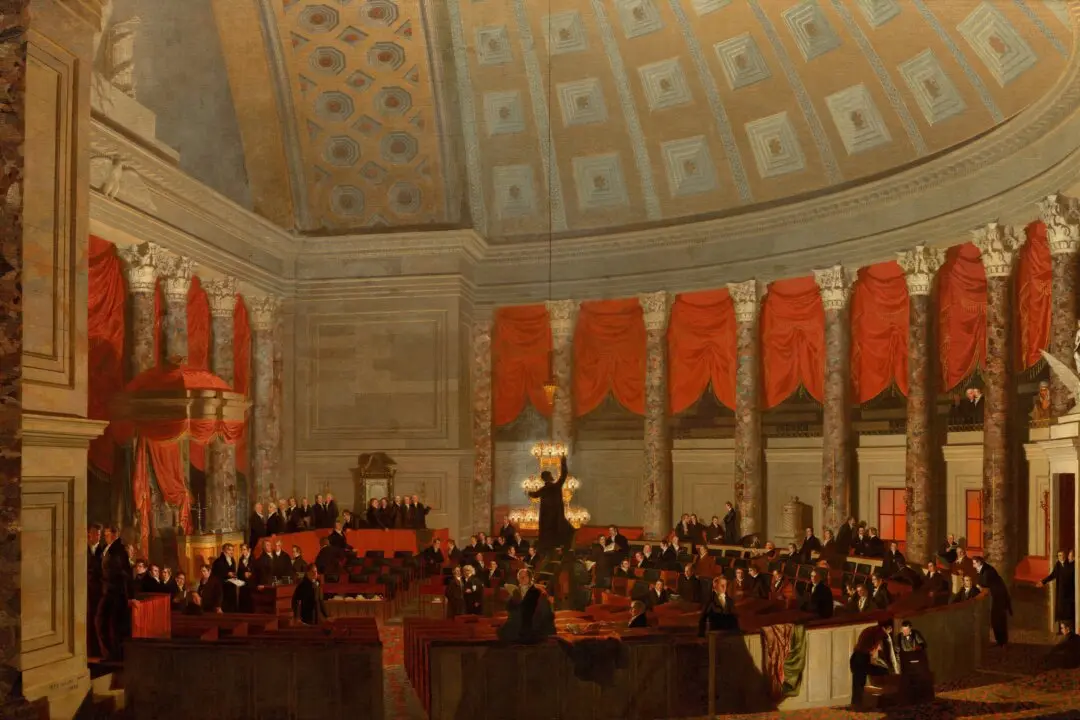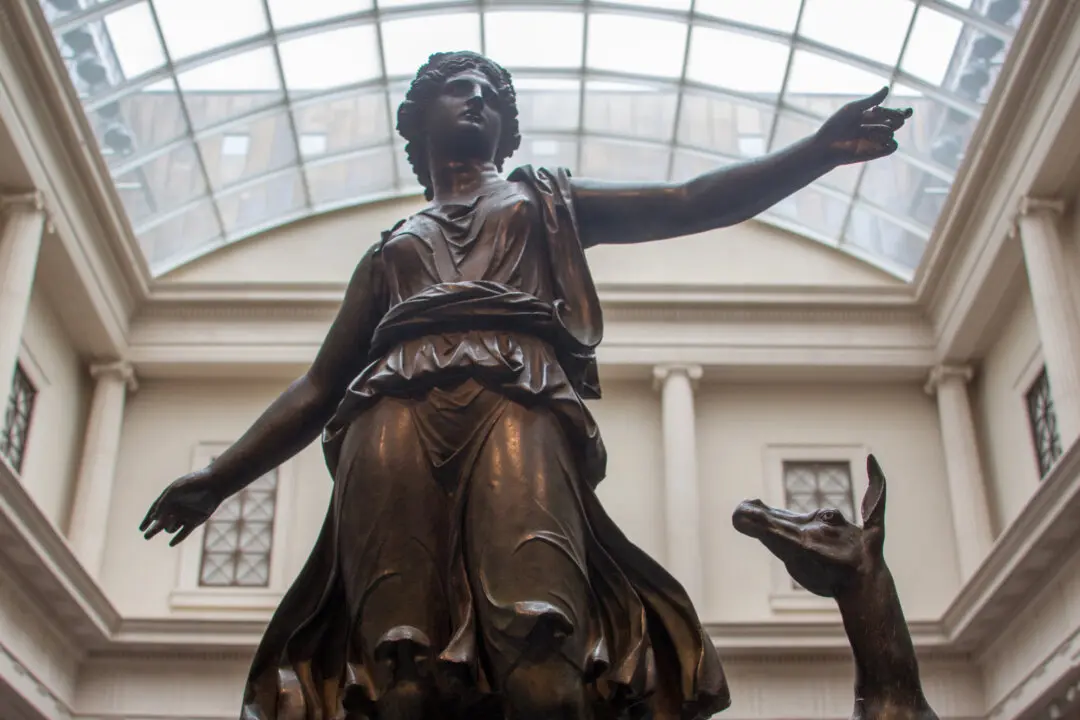When looking at Ancient Greek kraters, can you tell the difference between column and calyx? Or identify volute versus bell? These four types are the main categories of kraters, objects with a round body and wide mouth specifically used for mixing wine and water.
Referred to as jars, bowls, vases, and vessels, kraters were often made of terracotta, a hard, red-brown earthenware used to create pottery and sculpture. Despite being utilitarian objects, kraters decorated with paintings are some of the most important surviving artworks of the classical world.

